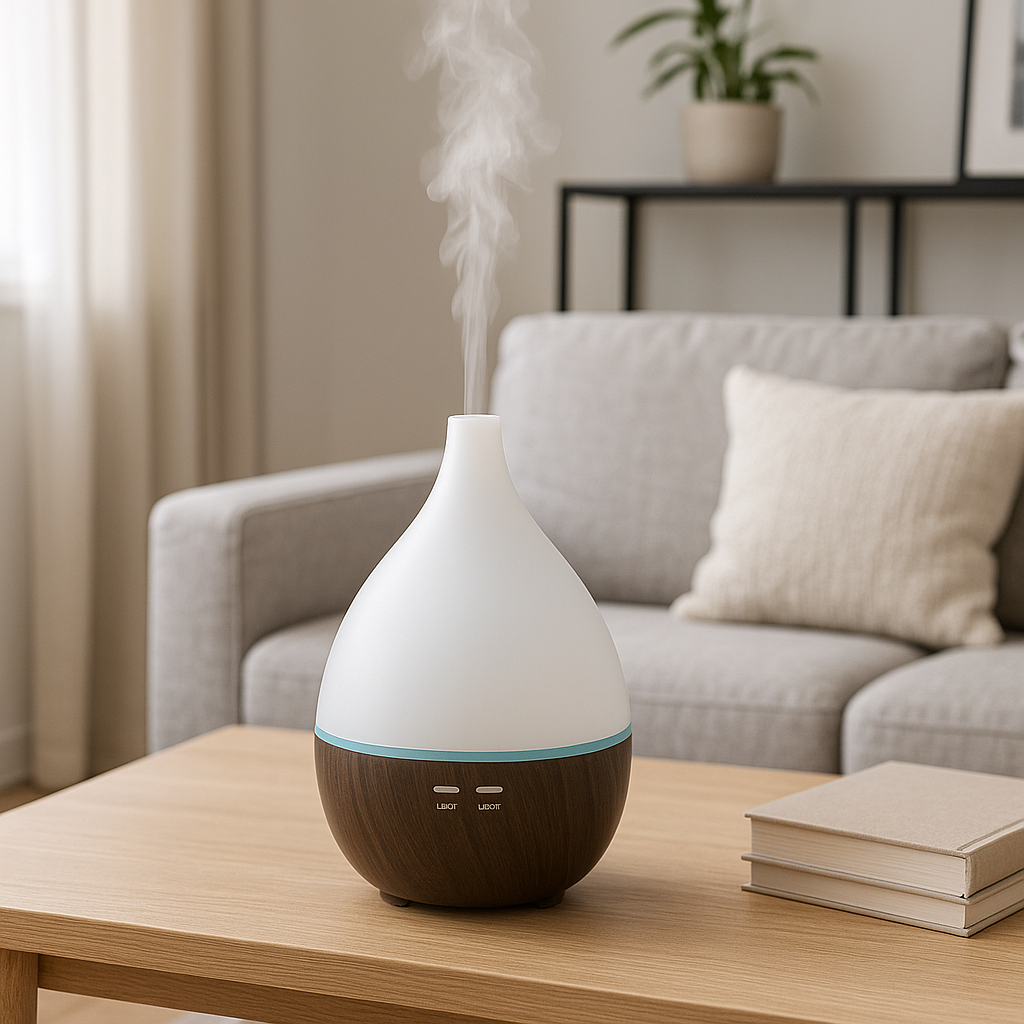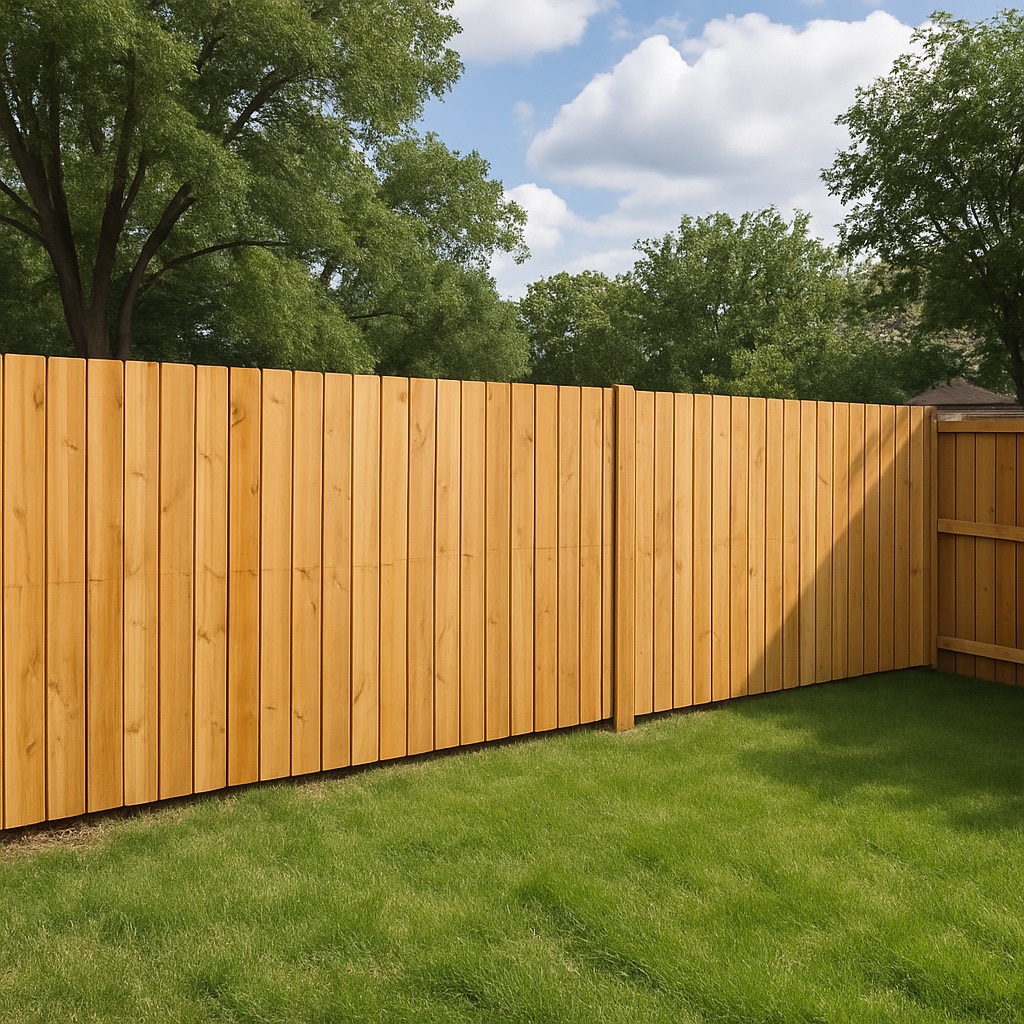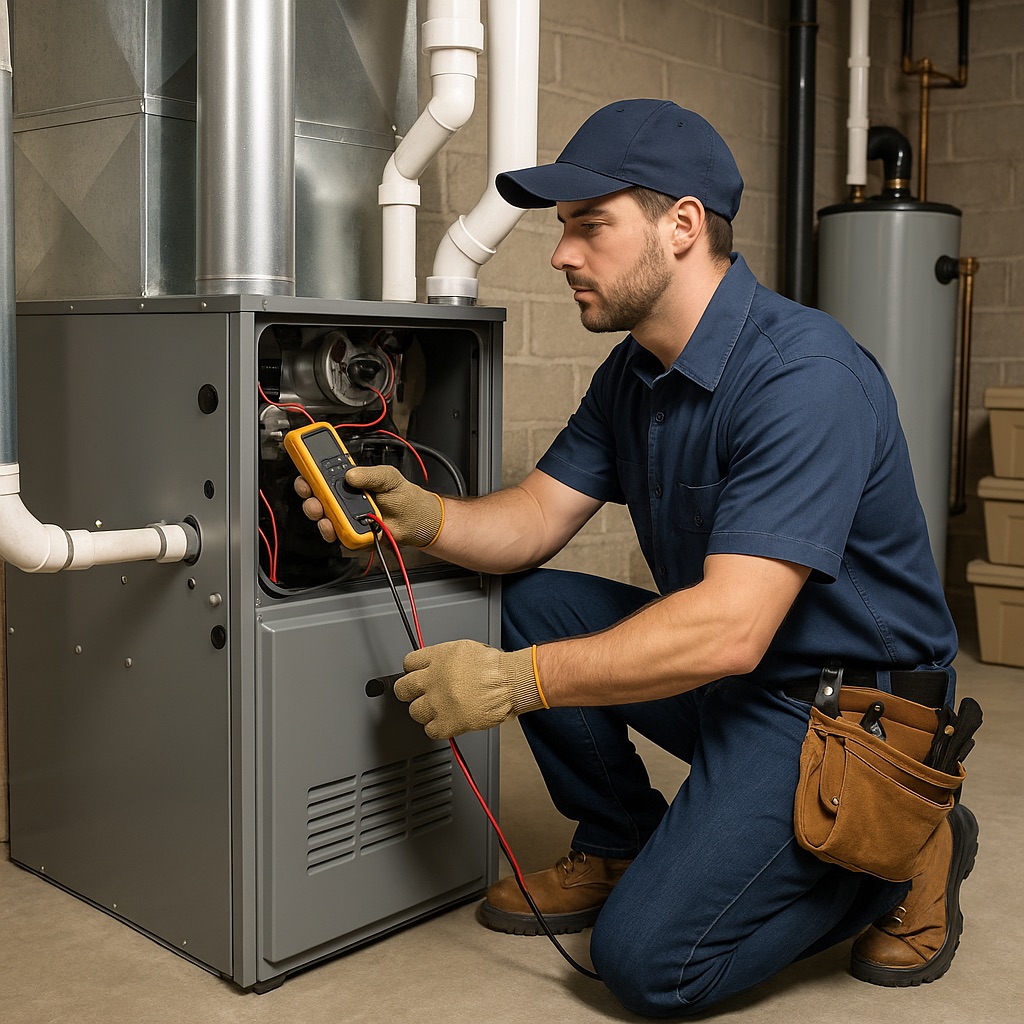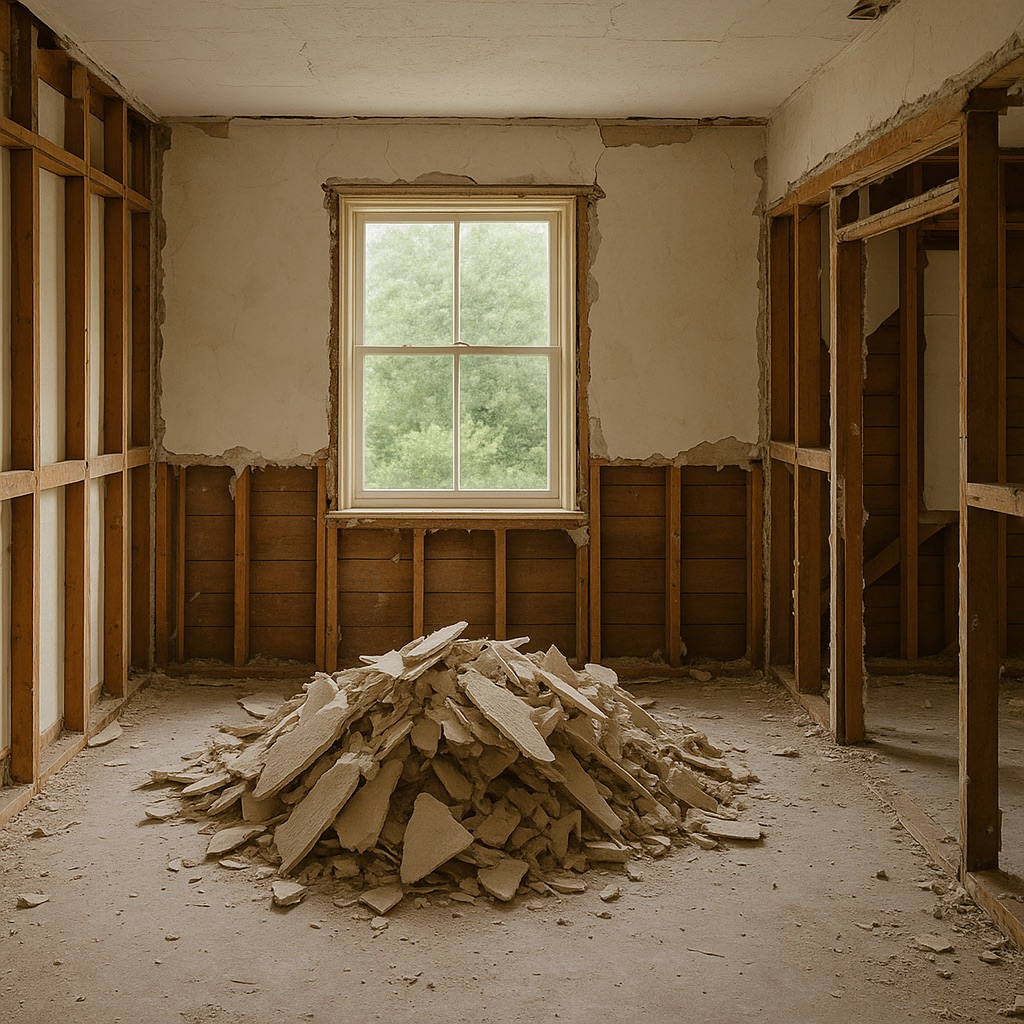Last updated on
Home renovations today go beyond fresh paint and updated finishes. They’re also a smart way to boost energy efficiency and lower rising utility costs. Whether you’re planning a full remodel or a few targeted upgrades, the right improvements can help maintain comfort throughout the year. These changes can also save money over time.
In places with unpredictable weather like Lawrenceville, GA, energy demands often fluctuate. That’s because hot, humid summers and sudden winter chills each place unique pressure on heating and cooling systems. This makes it important to invest in updates that keep your home running efficiently in every season.
This guide highlights renovation strategies that deliver real results, from improved insulation and upgraded systems to smaller changes that add up over time.
Table of Contents
Efficient Heating and Cooling Systems
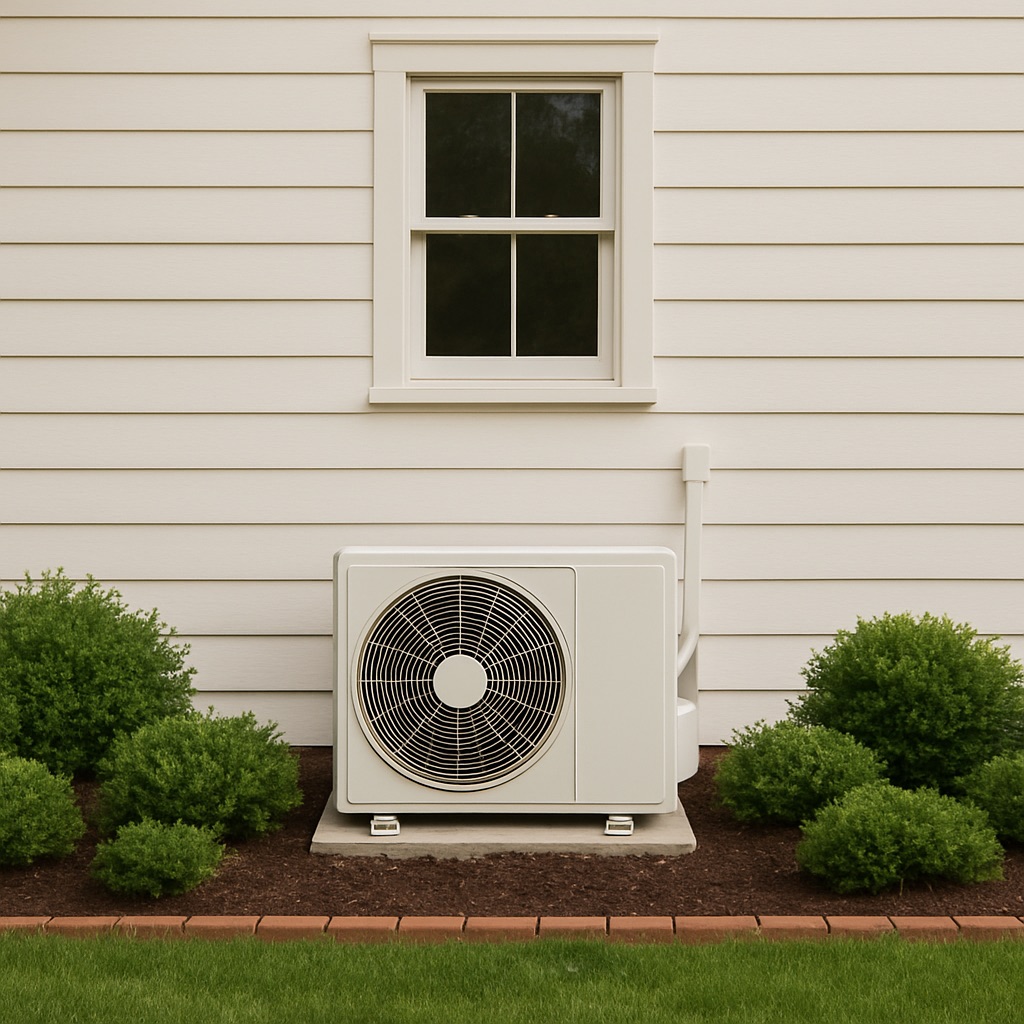
Many homes still rely on aging heating and cooling systems that were not built for today’s energy demands. These older units often run longer to reach the desired temperature, using more power while delivering inconsistent comfort. This issue is especially noticeable in places like Lawrenceville, where rapid suburban growth has resulted in a mix of older homes and newer builds.
Consequently, some homes operate far less efficiently than others, depending on the age and condition of their heating and cooling systems. Without the right upgrades, homeowners may face rising utility bills and reduced indoor comfort, particularly during the extreme heat of summer or the sudden cold snaps of winter.
Solving this issue requires more than patchwork fixes. What’s needed is a system designed for energy-smart performance across a range of temperatures, one that doesn’t burn through electricity to maintain a livable environment. That’s where a heat pump installation in Lawrenceville, GA, becomes a practical upgrade. By handling both heating and cooling in one unit, it operates on far less energy than older systems. This directly addresses the core problem of high energy use without compromising comfort.
Window & Door Replacements
Windows and doors do more than just bring in light and let you walk in and out. They also play a big role in your home’s energy efficiency. Old, drafty windows and doors can let out a surprising amount of heat in the winter and let it in during the summer.
Replacing them with newer, energy-efficient models—like double-pane windows with low-E glass—can help seal in your home’s temperature and cut down on your energy use. If replacing all your windows isn’t in the budget, simple fixes like caulking around frames or adding weather stripping can still help a lot.
Even door upgrades, like adding a storm door or replacing the main entry with a better-insulated model, can make a noticeable impact without breaking the bank.
Solar Power and Renewable Energy Options
Solar power has become more affordable and available in recent years. Many homeowners are adding solar panels to cut down their electric bills and take advantage of state or federal incentives. If your home gets good sunlight, installing solar panels can be a smart long-term investment.
Some systems include battery storage, which lets you save extra energy for later. This can come in handy during outages or at night when the panels aren’t producing power. Besides solar panels, you might also look into solar water heaters or even small wind systems, depending on your location.
Renewable energy options not only lower your bills but also reduce your home’s carbon footprint. That’s a big win for your wallet and the environment.
Smart Home Technology for Energy Management
Smart technology is not just for convenience—it can help you save energy too. Smart thermostats are a great example. They learn your daily routine and adjust the temperature automatically to save energy when you’re not home.
There are also smart plugs that can turn off electronics when they’re not in use, and energy monitors that show which devices are using the most power. By keeping track of your energy use, you can make better choices without guessing.
Many smart home tools are easy to install and can be controlled through your phone, making them a simple way to cut down on energy waste.
Water Conservation Renovations
Saving water also saves energy, especially when it comes to heating water. Swapping out old fixtures with low-flow faucets, showerheads, and toilets can lower both your water and energy bills.
Tankless water heaters are another smart choice. They heat water on demand instead of keeping a full tank warm all day, which means less wasted energy. You’ll also never run out of hot water during a long shower.
For outdoor use, consider installing rain barrels to collect water for your lawn or garden. Some homeowners even set up greywater systems to reuse water from sinks or washing machines for landscaping. These options reduce waste and help your home run more efficiently.
Eco-Friendly Building Materials and Design
When making bigger updates—like building an addition or remodeling a kitchen—think about using eco-friendly materials. These products are made to be better for the environment and often offer better insulation or energy savings.
For example, bamboo flooring is a fast-growing, renewable material. Recycled insulation and reclaimed wood can also reduce waste while adding character to your home.
Design choices matter too. Adding more natural light with well-placed windows can reduce your need for electric lighting during the day. Overhangs or awnings can help block hot summer sun while still letting light in. A “cool roof” or even a green roof can reflect heat and lower your cooling needs in summer.
These updates not only help you save money, but they also make your home more comfortable and better for the planet.
Renovating your home doesn’t have to be all about style—it can also be about making smart changes that help you save energy and money in the long run. From small upgrades like switching to LED lights to bigger projects like improving insulation or installing solar panels, each step you take can make a big difference over time.
Start with an energy audit so you know where your home is losing energy. Then tackle the changes that fit your budget and your lifestyle. You don’t have to do it all at once. Even one or two upgrades can lead to noticeable savings and a more comfortable living space.
Whether you’re planning a full remodel or just want to cut down your monthly bills, these renovation ideas can help your home run smarter, cleaner, and cheaper. And the best part? They’ll keep paying off for years to come.
